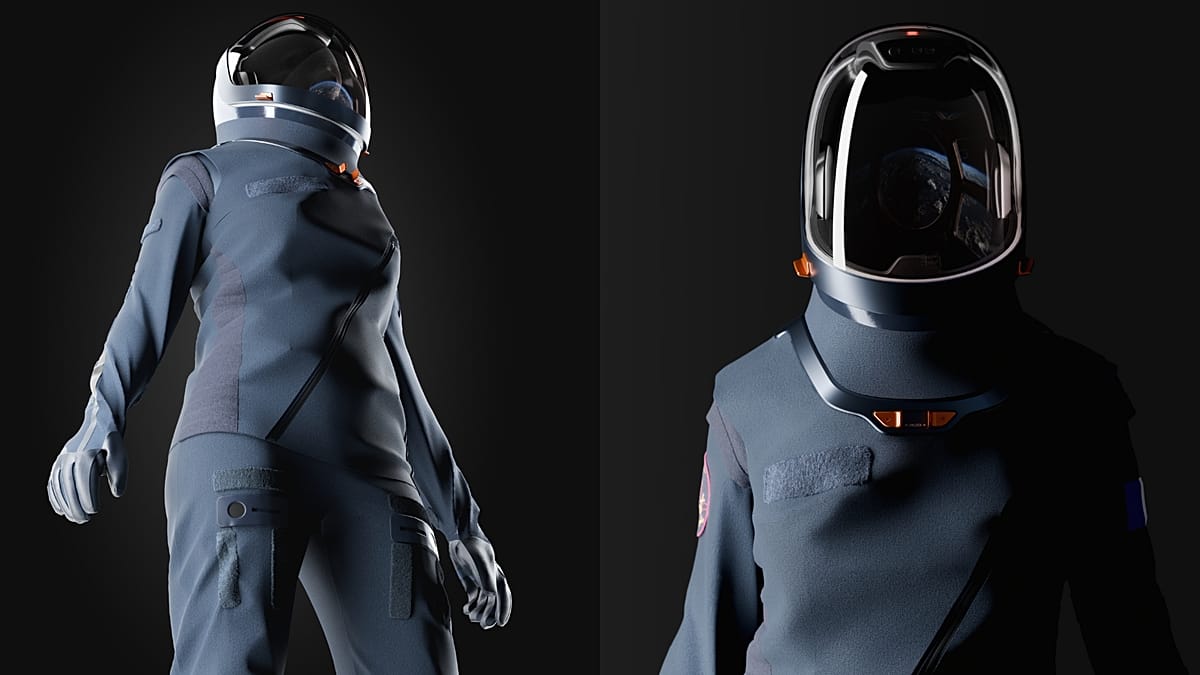Published on
French sports brand Decathlon is known for making a wide variety of affordable athletic equipment – covering sports from hiking to tennis to horseback riding.
But its latest venture has left the terrestrial plane for the stars. The company unveiled a new state-of-the-art space suit it designed to be used on missions to the International Space Station (ISS).
Launched in collaboration with the French national space agency (CNES), space tech start-up Spartan Space, and the Institute for Space Medicine and Technology (MEDES), the project aims to improve safety and comfort for astronauts in pressurised spacecraft during takeoff and landing.
Dubbed the EuroSuit, the intavehicular activity (IVA) suit is designed so astronauts can put it on and take it off in under two minutes, completely unassisted. The feature is a first for IVA suits, and would guarantee astronaut safety in emergencies, Decathlon said in a press release.
“EuroSuit embodies our abilities to push the limits of innovation, beyond our traditional grounds of expression,” said Sébastien Haquet, head of the Advanced Innovation lab at Decathlon.
“It’s an excellent opportunity to explore new fields of application for our knowledge in textile and product design, in an environment as demanding as outer space,” he added.
The EuroSuit will face its first field test next year when European Space Agency (ESA) astronaut Sophie Adenot plans to test the prototype on her first mission to the ISS, called εpsilon.
Adenot will evaluate the prototype in microgravity conditions, seeing how it performs when donning the suit, handling small objects, using a touch-screen tablet, and removing the suit.
Advanced textiles and features
Work on the prototype began in late 2023, combining the specialities of the four partner organisations.
MEDES designed a software that monitors the health data of the astronaut in real time when the suit is worn. Spartan Space piloted the technical architecture of the suit, as well as its life-support system.
Decathlon focused on the ergonomic and textile features, including a lattice structure that allows for customised helmets for each astronaut, easy-to-operate zippers for quick removal, and adaptable sizes that account for the fact that astronauts tend to get taller in space.
The CNES ensured the project respected technical and regulatory guidelines, “in line with the European desire to move towards greater autonomy for human spaceflight,” said Sébastien Barde, Deputy Director of Exploration and Human Spaceflight at CNES.
“By drawing on the exceptional expertise of our partners, we are preparing them, when the time comes, to supply this type of suit,” Barde added.
If the initial prototype is successful, the suit will continue to be developed with additional features such as sealed pressure systems, fire-resistance, breathability, and integrated communications.

